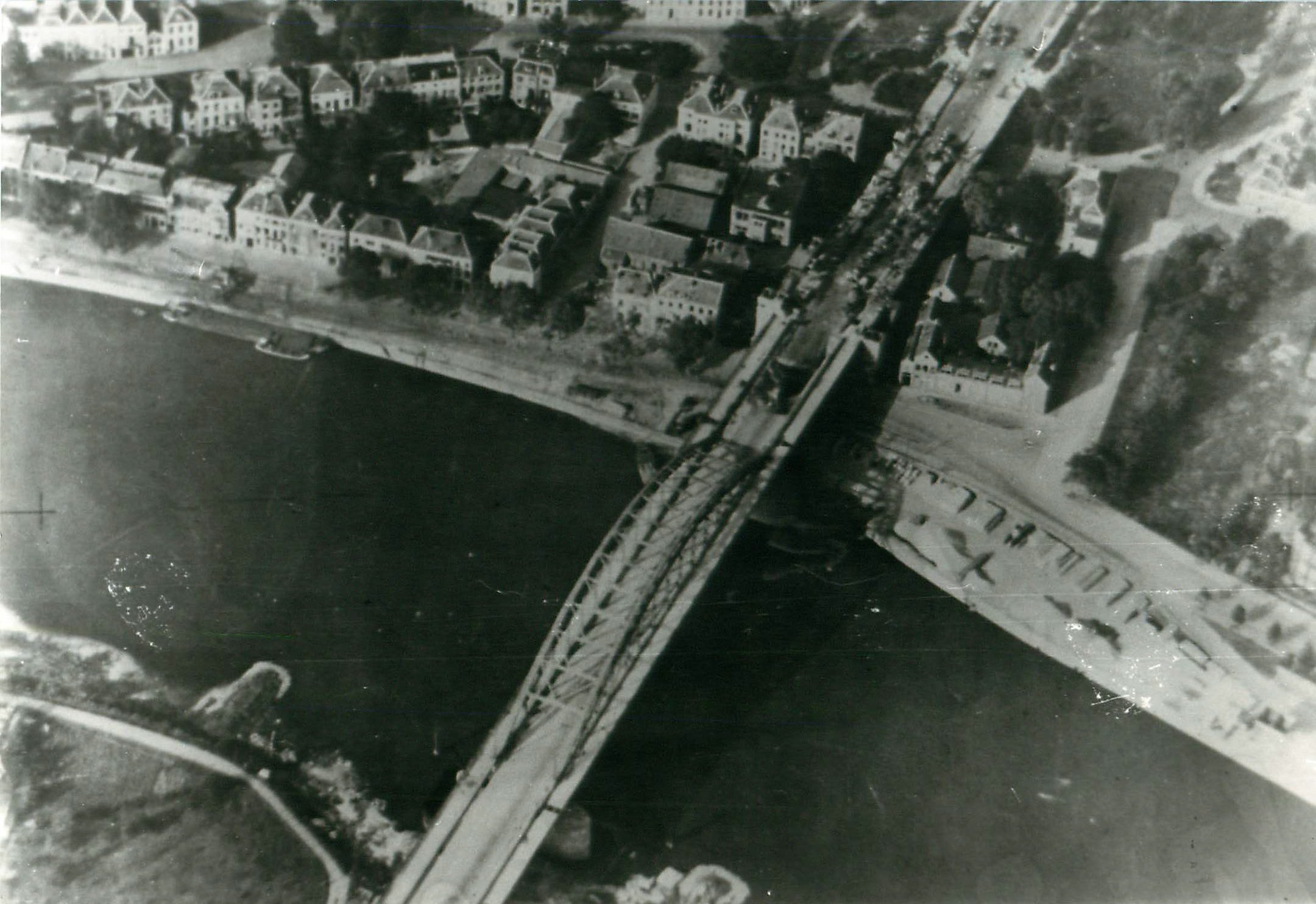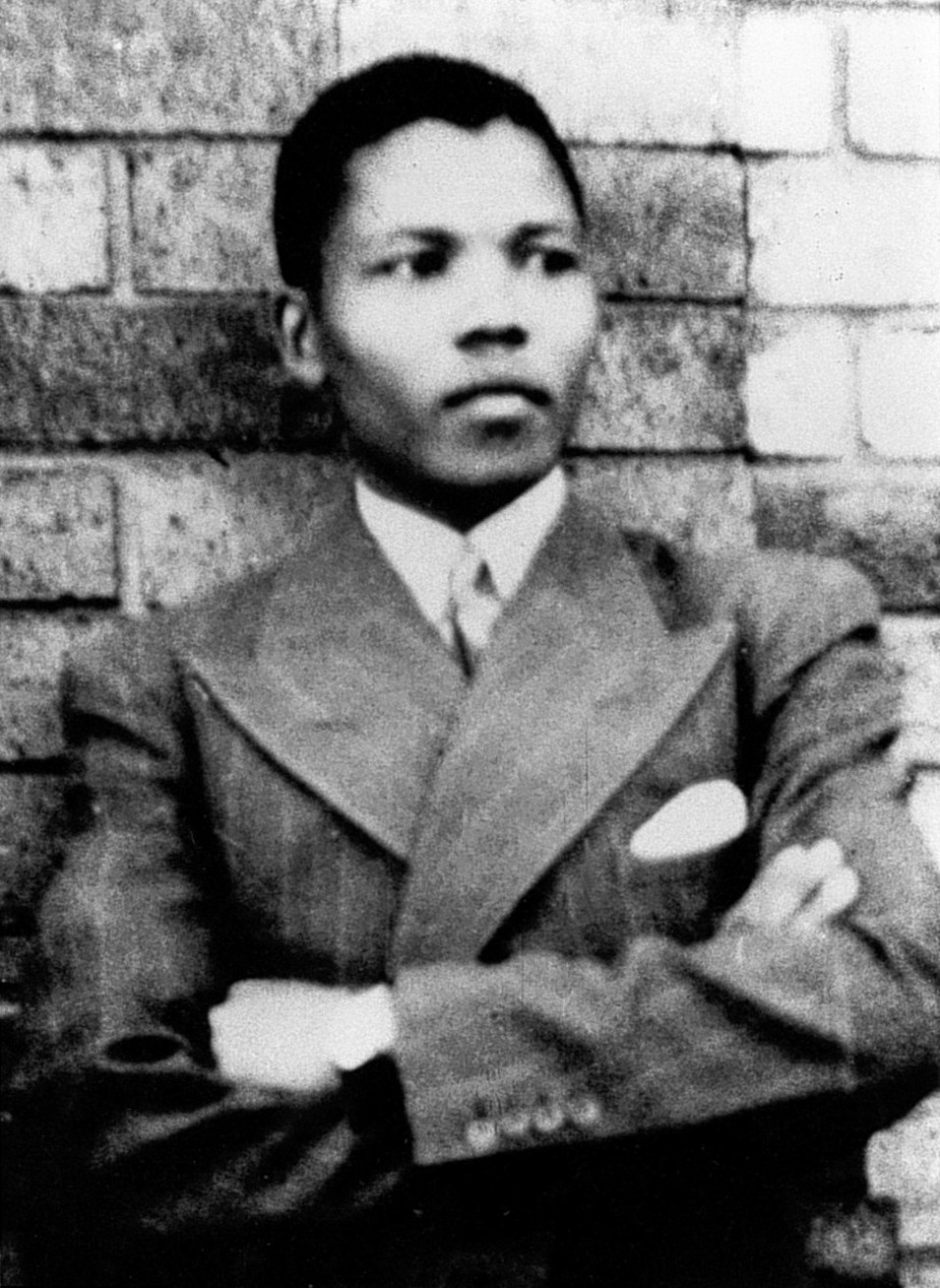|
Arnhem Road Bridge
John Frost Bridge (''John Frostbrug'' in Dutch language, Dutch) is the road bridge over the Lower Rhine at Arnhem, in the Netherlands. The bridge is named after Major-General (United Kingdom), Major-General John Dutton Frost (1912–1993), who commanded the British forces that reached and defended the bridge during the Battle of Arnhem in September 1944. The bridge was featured in the 1977 film A Bridge Too Far (film), ''A Bridge Too Far'', although the IJssel bridge in Deventer was used for the film. History Rijnbrug There had been a floating bridge at Arnhem since 1603 but as the city grew in the early 20th century a permanent link across the Lower Rhine was needed. The Rijnbrug (literally Rhine bridge) was constructed between 1932 and 1935, but was destroyed by Dutch engineers in 1940 to slow the German advance during the Battle of the Netherlands, invasion of the Netherlands. The Germans had need of the bridge however, and a pontoon bridge acted as a temporary replacement ... [...More Info...] [...Related Items...] OR: [Wikipedia] [Google] [Baidu] |
Lower Rhine
The Lower Rhine (german: Niederrhein; kilometres 660 to 1,033 of the river Rhine) flows from Bonn, Germany, to the North Sea at Hook of Holland, Netherlands (including the Nederrijn or "Nether Rhine" within the Rhine–Meuse–Scheldt delta); alternatively, ''Lower Rhine'' may refer to the part upstream of Pannerdens Kop, excluding the Nederrijn. Almost immediately after entering the Netherlands, the Rhine splits into numerous branches. The main branch is called the Waal which flows from Nijmegen to meet the Meuse; after which it is called Merwede. Near Rotterdam the river is known as Nieuwe Maas, and becomes the Nieuwe Waterweg flowing into the North Sea at Hook of Holland. The downstream Lower Rhine is a low lying land. Up to the beginning of industrialization roughly one fifth of the land area could only be used as pasture: an endless meadow, which could not be farmed because of flooding and a high ground-water level. However, the remaining soils of the Lower Rhine were alwa ... [...More Info...] [...Related Items...] OR: [Wikipedia] [Google] [Baidu] |
Bridges Over The Rhine
A bridge is a structure built to span a physical obstacle (such as a body of water, valley, road, or rail) without blocking the way underneath. It is constructed for the purpose of providing passage over the obstacle, which is usually something that is otherwise difficult or impossible to cross. There are many different designs of bridges, each serving a particular purpose and applicable to different situations. Designs of bridges vary depending on factors such as the function of the bridge, the nature of the terrain where the bridge is constructed and anchored, and the material used to make it, and the funds available to build it. The earliest bridges were likely made with fallen trees and stepping stones. The Neolithic people built boardwalk bridges across marshland. The Arkadiko Bridge (dating from the 13th century BC, in the Peloponnese) is one of the oldest arch bridges still in existence and use. Etymology The ''Oxford English Dictionary'' traces the origin of the wo ... [...More Info...] [...Related Items...] OR: [Wikipedia] [Google] [Baidu] |
Bridges Completed In 1948
A bridge is a structure built to Span (engineering), span a physical obstacle (such as a body of water, valley, road, or rail) without blocking the way underneath. It is constructed for the purpose of providing passage over the obstacle, which is usually something that is otherwise difficult or impossible to cross. There are many different designs of bridges, each serving a particular purpose and applicable to different situations. Designs of bridges vary depending on factors such as the function of the bridge, the nature of the terrain where the bridge is constructed and anchored, and the material used to make it, and the funds available to build it. The earliest bridges were likely made with fallen trees and stepping stones. The Neolithic people built boardwalk bridges across marshland. The Arkadiko Bridge (dating from the 13th century BC, in the Peloponnese) is one of the oldest arch bridges still in existence and use. Etymology The ''Oxford English Dictionary'' traces ... [...More Info...] [...Related Items...] OR: [Wikipedia] [Google] [Baidu] |
Stanisław Sosabowski
Stanisław Franciszek Sosabowski CBE (; 8 May 1892 – 25 September 1967) was a Polish general in World War II. He fought in the Polish Campaign of 1939 and at the Battle of Arnhem (Netherlands) in 1944 as commander of the Polish 1st Independent Parachute Brigade. Early military career Early years and studies Stanisław Sosabowski was born on 8 May 1892 in Stanislau ( pl, Stanisławów), in what was then Austria-Hungary and is now Ivano-Frankivsk in western Ukraine. His father was a railway worker. Sosabowski graduated from a local gymnasium and in 1910 he was accepted as a student of the faculty of economy of the Jagiellonian University in Kraków. However, the death of his father and the poor financial situation of his family forced him to abandon his studies and return to Stanislau. There he became a member of Drużyny Strzeleckie, a semi-clandestine Polish national paramilitary organisation. He was soon promoted to the head of all Polish Scouting groups in the are ... [...More Info...] [...Related Items...] OR: [Wikipedia] [Google] [Baidu] |
Andrei Sakharov
Andrei Dmitrievich Sakharov ( rus, Андрей Дмитриевич Сахаров, p=ɐnˈdrʲej ˈdmʲitrʲɪjevʲɪtɕ ˈsaxərəf; 21 May 192114 December 1989) was a Soviet nuclear physicist, dissident, nobel laureate and activist for nuclear disarmament, peace, and human rights. He became renowned as the designer of the Soviet Union's RDS-37, a codename for Soviet development of thermonuclear weapons. Sakharov later became an advocate of civil liberties and civil reforms in the Soviet Union, for which he faced state persecution; these efforts earned him the Nobel Peace Prize in 1975. The Sakharov Prize, which is awarded annually by the European Parliament for people and organizations dedicated to human rights and freedoms, is named in his honor. Biography Early life Sakharov was born in Moscow on May 21, 1921. His father was Dmitri Ivanovich Sakharov, a physics professor and an amateur pianist. His father taught at the Second Moscow State University. Andrei's gran ... [...More Info...] [...Related Items...] OR: [Wikipedia] [Google] [Baidu] |
Nelson Mandela
Nelson Rolihlahla Mandela (; ; 18 July 1918 – 5 December 2013) was a South African Internal resistance to apartheid, anti-apartheid activist who served as the President of South Africa, first president of South Africa from 1994 to 1999. He was the country's first black head of state and the first elected in a Universal suffrage, fully representative democratic election. Presidency of Nelson Mandela, His government focused on dismantling the legacy of apartheid by fostering racial Conflict resolution, reconciliation. Ideologically an African nationalist and African socialism, socialist, he served as the president of the African National Congress (ANC) party from 1991 to 1997. A Xhosa people, Xhosa, Mandela was born into the Thembu people, Thembu royal family in Mvezo, Union of South Africa. He studied law at the University of Fort Hare and the University of Witwatersrand before working as a lawyer in Johannesburg. There he became involved in anti-colonial and African ... [...More Info...] [...Related Items...] OR: [Wikipedia] [Google] [Baidu] |
Liberation Of Europe
The final battle of the European Theatre of World War II continued after the definitive overall surrender of Nazi Germany to the Allies, signed by Field marshal Wilhelm Keitel on 8 May 1945 in Karlshorst, Berlin. After German dictator Adolf Hitler's suicide and handing over of power to German Admiral Karl Dönitz in May of 1945, the Soviet troops conquered Berlin and accepted German surrender led by Dönitz. The last battles were fought as part of the Eastern Front which ended in the total surrender of all of Nazi Germany’s remaining armed forces and the German surrender officially ended World War II in Europe, such as in the Courland Pocket from Army Group North in the Baltics lasting until 10 May 1945 and in Czechoslovakia during the Prague offensive on 11 May 1945. Final events before the end of the war in Europe Red Army soldiers from the 322nd Rifle Division liberated Auschwitz concentration camp on 27 January 1945 at 15:00. Two hundred and thirty-one Red Ar ... [...More Info...] [...Related Items...] OR: [Wikipedia] [Google] [Baidu] |
World Liberty Concert
The World Liberty Concert was a concert that took place on 8 May 1995 next to the John Frost Bridge in Arnhem in the Netherlands. The concert was held in honor of the fiftieth anniversary of the liberation of Europe and is the largest memorial concert ever held in the Netherlands and was thought of by Arno Geul. Preparations lasted for about a year. Performances were provided by Alan Parsons (with Chris Thompson and Mick Mullins), Art Garfunkel, Joe Cocker, Cyndi Lauper, Wet Wet Wet, Candy Dulfer, UB40 and René Froger. Also present was the Metropole Orkest consisting of 80 men and the Gelders Opera and Operetta Gezelschap (GOOG) choir. The event-specific configuration of The Alan Parsons Project, which had been a studio group only, was one of the first live performances of the band's material, albeit without cofounder Eric Woolfson (who had split from Parsons before ''Try Anything Once'' and the accompanying tour captured on '' Alan Parsons Live''); it was performed under th ... [...More Info...] [...Related Items...] OR: [Wikipedia] [Google] [Baidu] |



_-_page_3.jpg)